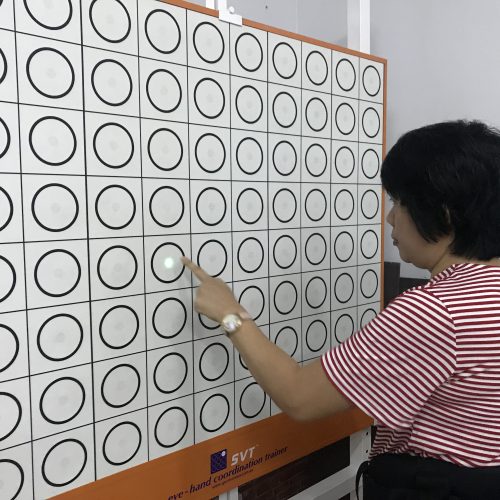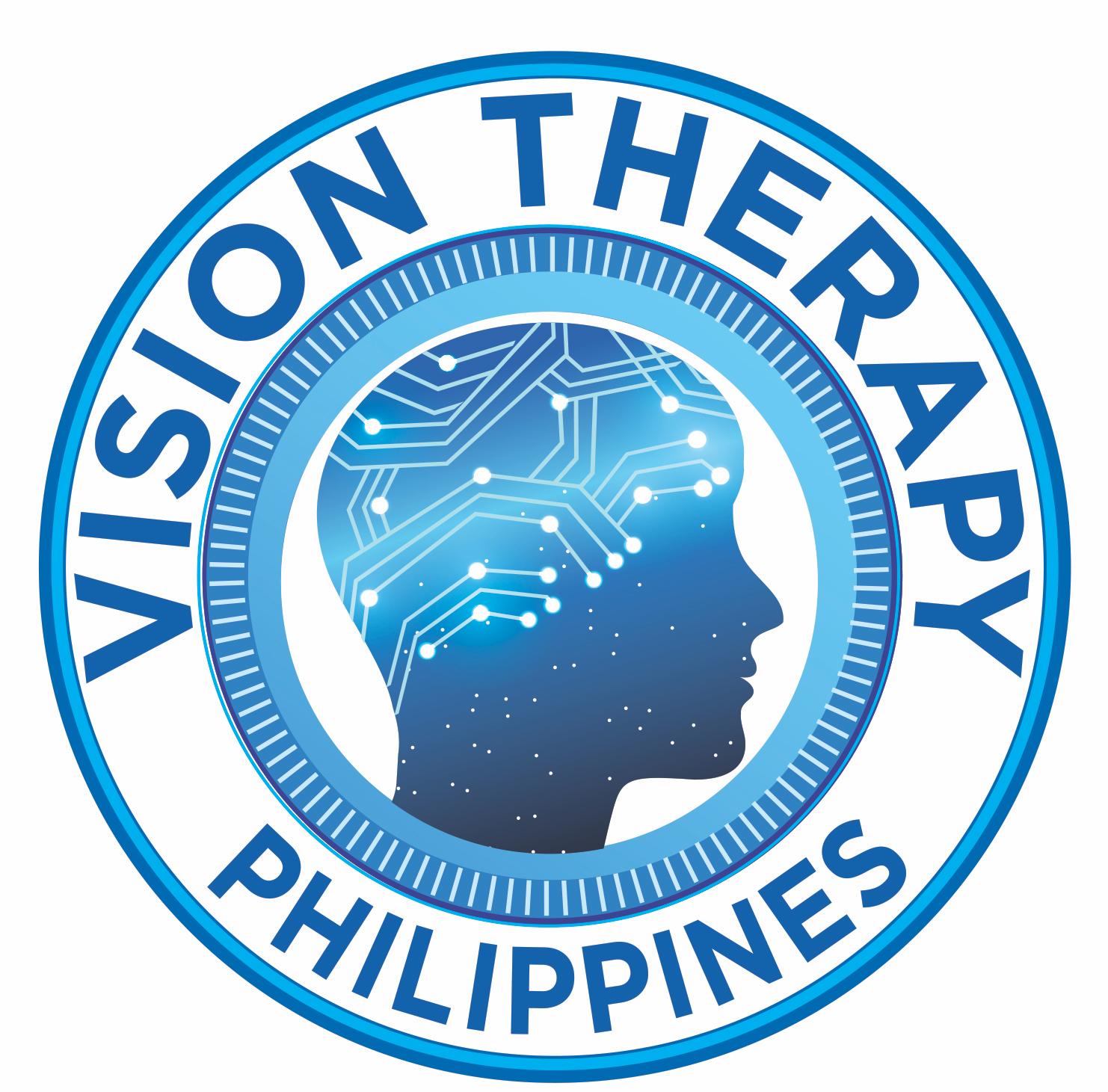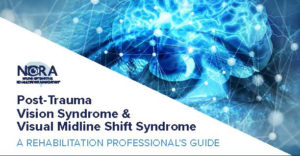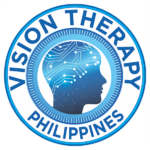CVA (Stroke), Concussions & Acquired Brain Injuries
What is Concussion?
A concussion is a bit like dropping a computer on the floor — it negatively affects many of the automatic aspects of brain function. For example, concussion often disrupts the vestibular ocular reflex (VOR). With normal VOR, your eyes naturally move to the left when you turn your head to the right. Post-concussion, the eyes tend to follow the head to the right and then self-correct. This aberrant VOR can affect concentration, focus, attention and create cognitive problems, even though there is nothing wrong with the individual’s comprehension. In fact, in my experience, longer-lasting problems with cognitive function and anxiety after concussion can often be traced back to unresolved vision or vestibular issues.

Frequently Asked Questions
Nearly everyone with a concussion or other traumatic brain injury — 90% to 100% — will have associated vision or oculomotor problems (Zasler et al.). And that’s not surprising, given that all parts of the brain contribute to vision and oculomotor function.
For example, the complexity of brain involvement in saccades is amazing. They are initiated by the frontal and parietal lobes, with follow-through involving both the cerebellum and the brain stem.
The range of visual and vestibular symptoms associated with a concussion is broad, including blurred vision, poor fixation, headache, oscillopsia, balance problems, loss of the ability to know where you are in space and dysmetria, or difficulty judging distance and scale.
A concussion is a bit like dropping a computer on the floor — it negatively affects many of the automatic aspects of brain function. For example, concussion often disrupts the vestibular ocular reflex (VOR). With normal VOR, your eyes naturally move to the left when you turn your head to the right. Post-concussion, the eyes tend to follow the head to the right and then self-correct. This aberrant VOR can affect concentration, focus, attention and create cognitive problems, even though there is nothing wrong with the individual’s comprehension. In fact, in my experience, longer-lasting problems with cognitive function and anxiety after concussion can often be traced back to unresolved vision or vestibular issues.
Diagnosing a concussion can be a little challenging, because there is no single test that confirms or rules out concussion. Rather, concussion is defined by suspicion of injury, symptoms and symptom provocation. What is important for optometrists to know is that rest is not a sufficient cure. Without appropriate treatment, 30% to 40% will still have aberrant vision/vestibular function even 3 to 4 months after the injury (Ciuffreda et al.).
- Perform baseline screening measures, especially for patients younger than 14 years of age, whether or not they participate in sports;
- Depth perception testing;
- Cover/uncover testing;
- Fixation testing;
- Consider more advanced eye tracking technology for testing fixation, pursuits, saccades and more; and
- Offer or encourage baseline ImPACT testing.
When someone presents with vision problems or headache that can’t be explained by acuity changes, ask about recent auto accidents, falls or sports injuries.
- Rule out major structural issues, including bruising behind the eyes, fractures, iritis and retinal tears;
- Check gaze fixation, pursuits and saccades;
- Compare RightEye examor ImPACT test to baseline; and
- Refer to a neuro-optometric rehabilitation specialist for targeted treatment.
Source: DeAnn Fitzgerald, OD
Ciuffreda KJ, et al. Advances in Ophthalmology and Optometry.
2016;doi.org/10.1016/j.yaoo.2016.03.013.
Leigh RJ, et al. The Neurology of Eye Movements, 5th ed. 2015.
Zasler ND, et al. Brain Injury Medicine: Principles and Practice, 2nd ed. 2012.
DeAnn Fitzgerald, OD, has been in practice for more than 30 years in Cedar Rapids, Iowa. She serves as vice president and education chair for the Neuro-Optometric Rehabilitation Association.


